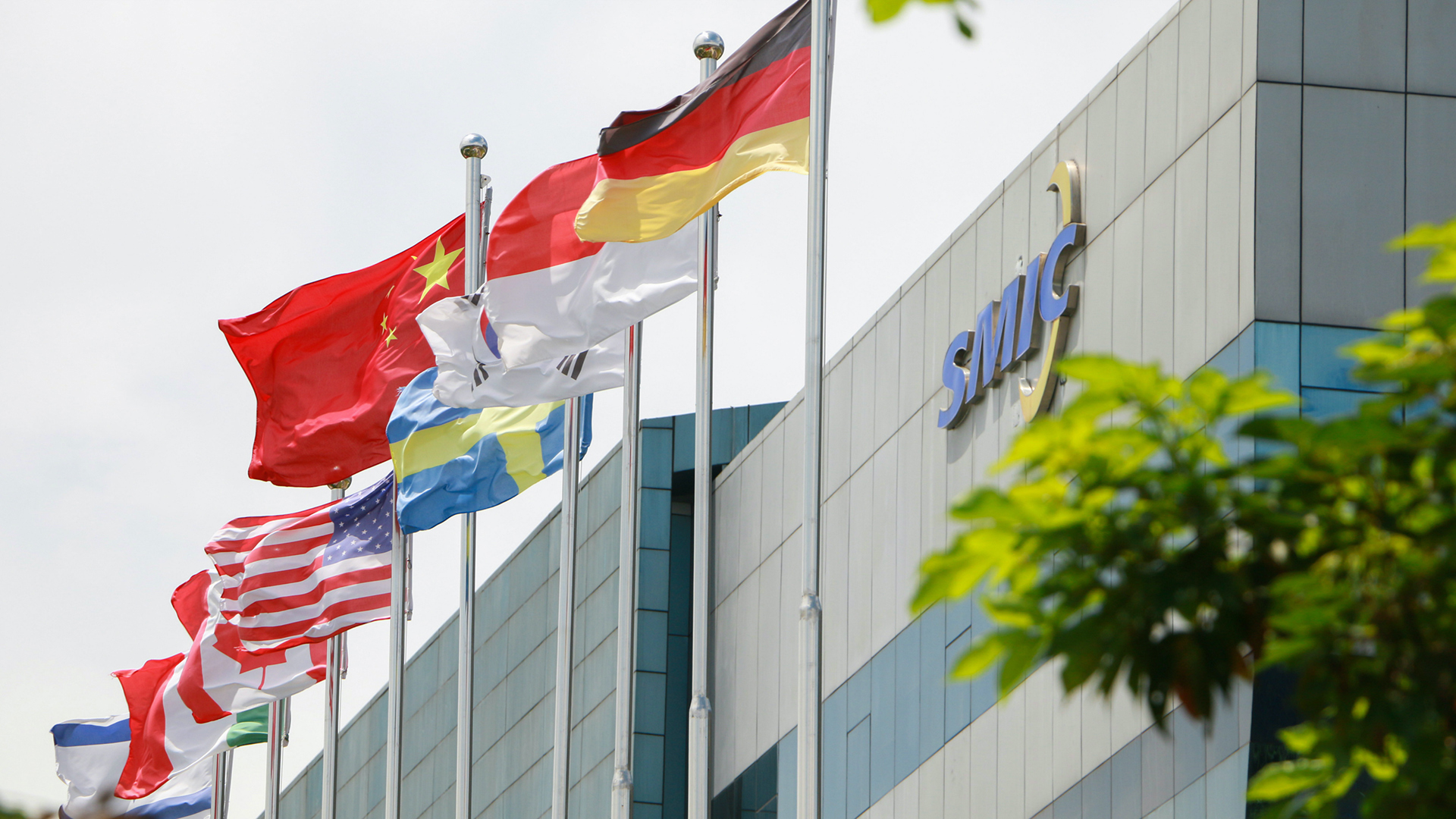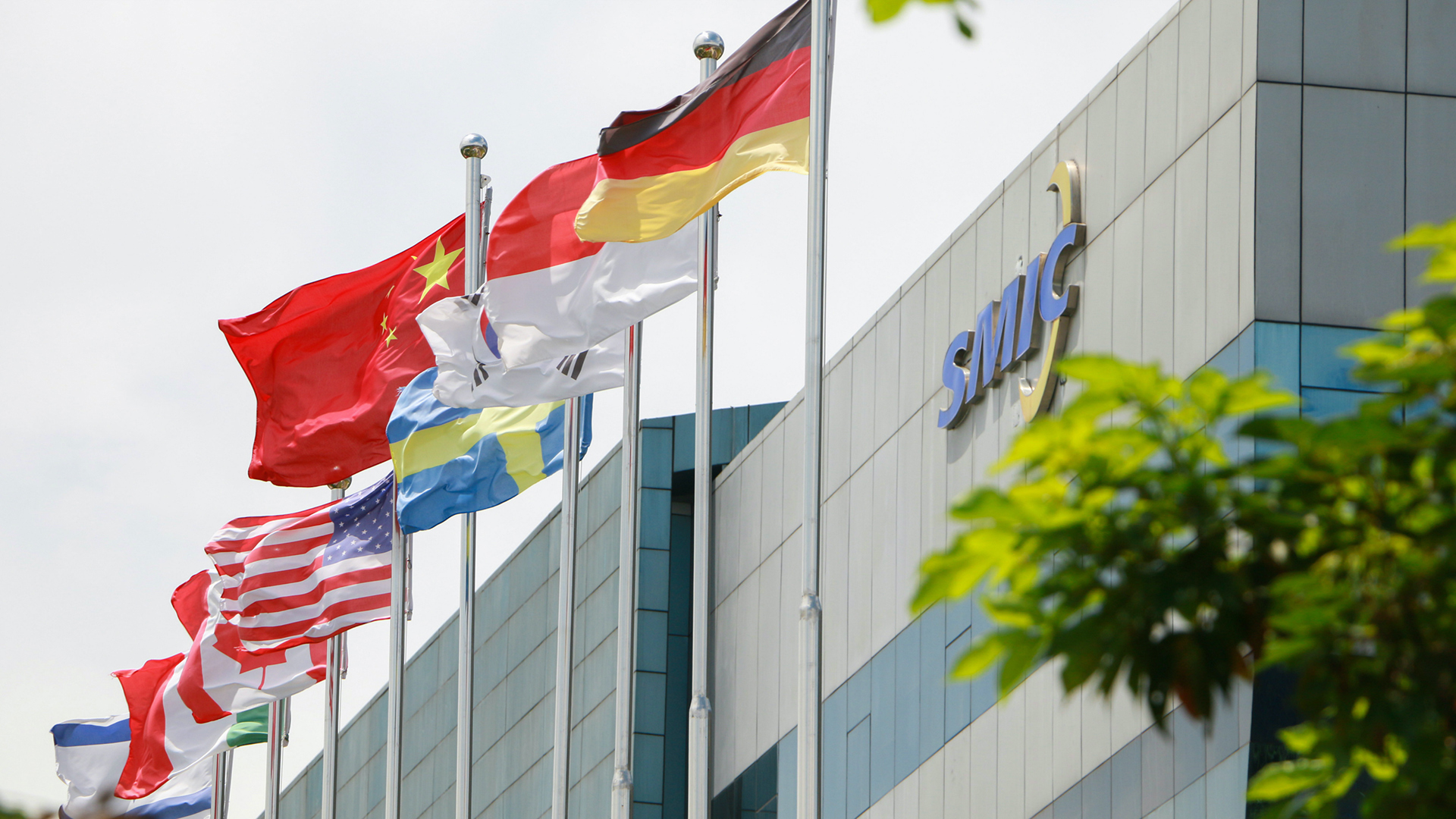
New US Sanctions Against China's Chip Sector May Set it Back by a Decade
After the U.S. government imposed sweeping sanctions against the Chinese chip sector that blocked access of the country’s semiconductor champion SMIC to wafer fab equipment that could be used to make chips using 14nm nodes and below, it started to work on even stricter limitations. By now, the U.S. government is ready to expand its sanctions and this time it will make sure they are supported by Japan and the Netherlands. Once the new sanctions are imposed, the Chinese semiconductor sector will be set back by at least 10 years.
The U.S. is looking to limit access of Chinese chipmakers to wafer fab equipment that can be used to make chips on 40nm-class process technologies and below, reports DigiTimes, citing industry sources. If all the restrictions are imposed and no export licenses to sell advanced chipmaking tools to SMIC and other Chinese chipmakers are granted, this will set back the People’s Republic’s semiconductor industry by at least a decade. Yet, it will also hurt the wafer fab equipment (WFE) manufacturers, which could have an impact on the whole industry.
Speaking of hurting WFE manufacturers, it looks like ASML, the world’s leading maker of lithography equipment, will be hurt less than its American and Japanese counterparts. Export restrictions announced by the Dutch government last week will bar shipments of ASML’s Twinscan NXT:2000i, NXT:2050i and NXT:2100i scanners, the company’s most sophisticated deep ultraviolet (DUV) lithography tools, Bloomberg reports. By contrast, about 17 chipmaking tools produced by U.S.-based manufacturers require an export license from the U.S. Department of Commerce, according to Bloomberg. With new restrictions, that number will double, the report claims, which will naturally hurt businesses like Applied Materials, KLA, and Lam Research.
After the Trump administration restricted SMIC’s access to fab tools that can produce chips on 10nm-class nodes and below, the company announced several new fabs that will focus on 28nm fabrication processes. SMIC recently said that because it could not obtain the necessary tools on time, one of its upcoming 300mm fabs would start high volume production one or two quarters later than expected. But if the U.S. manages to bar sales of 28nm-capable tools to SMIC, then the foundry will have to reconsider its plans for new production facilities.
Meanwhile, if China wants to make its semiconductor industry self-sufficient and adopt advanced production nodes, it will have to ensure that its fab tools producers — such as AMEC (lithography), Kingsemi (etching, deposition), and Naura (etching) — are on par with their American and European rivals. This is something that will take years, as the most advanced scanners that AMEC has can only produce ICs on a 90nm-class node, a technology used to make CPUs in the early 2000s.
If SMIC loses its ability to produce chips on 28nm, 14nm/12nm, and more advanced fabrication processes, hundreds of Chinese chip designers will have to outsource production to companies like TSMC, UMC, GlobalFoundries, and Vanguard. This will certainly be good for these contract chip manufacturers, but it will be disastrous for SMIC in particular and for the Chinese semiconductor industry in general. And that appears to be the intent of the sanctions.

